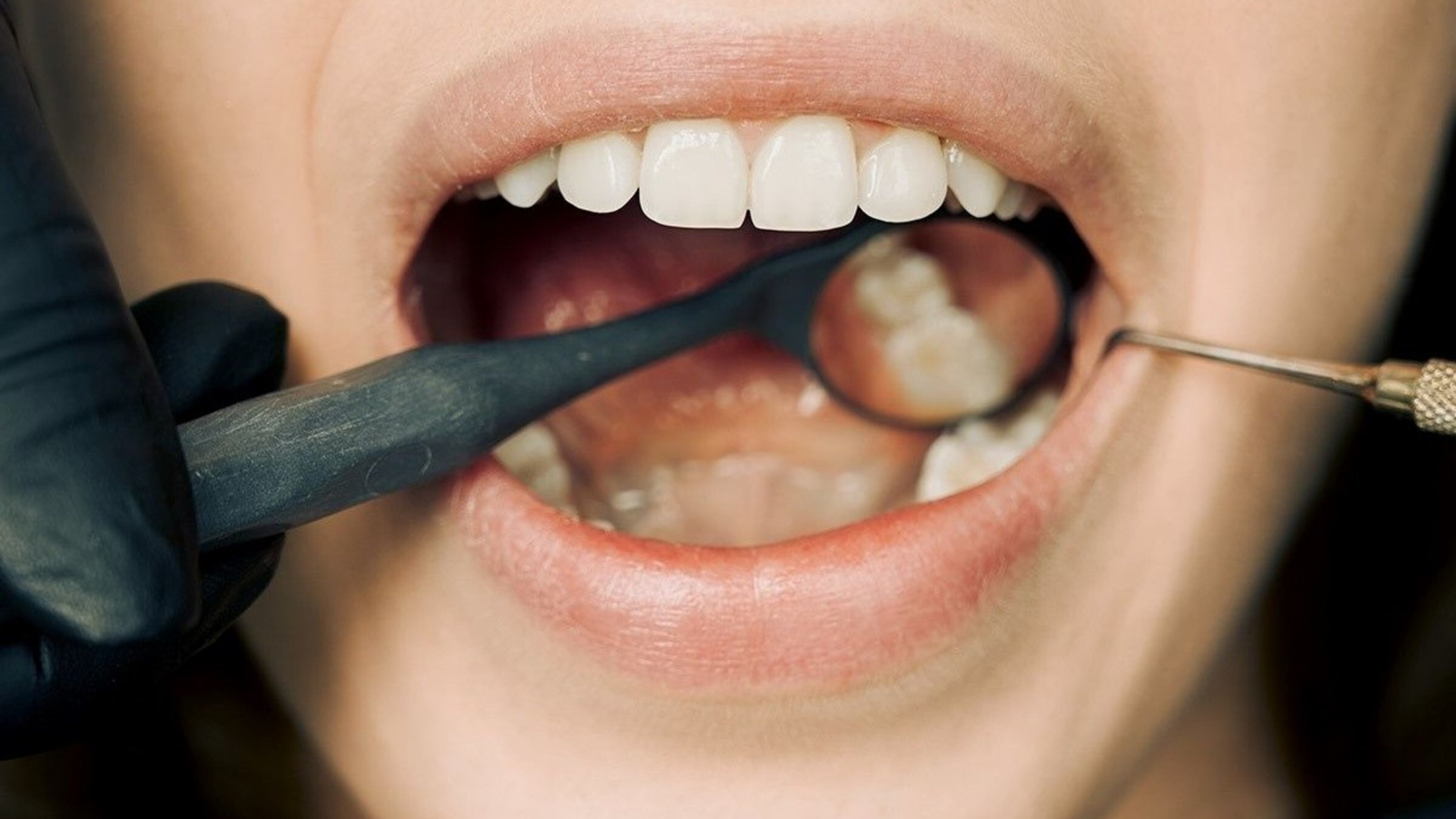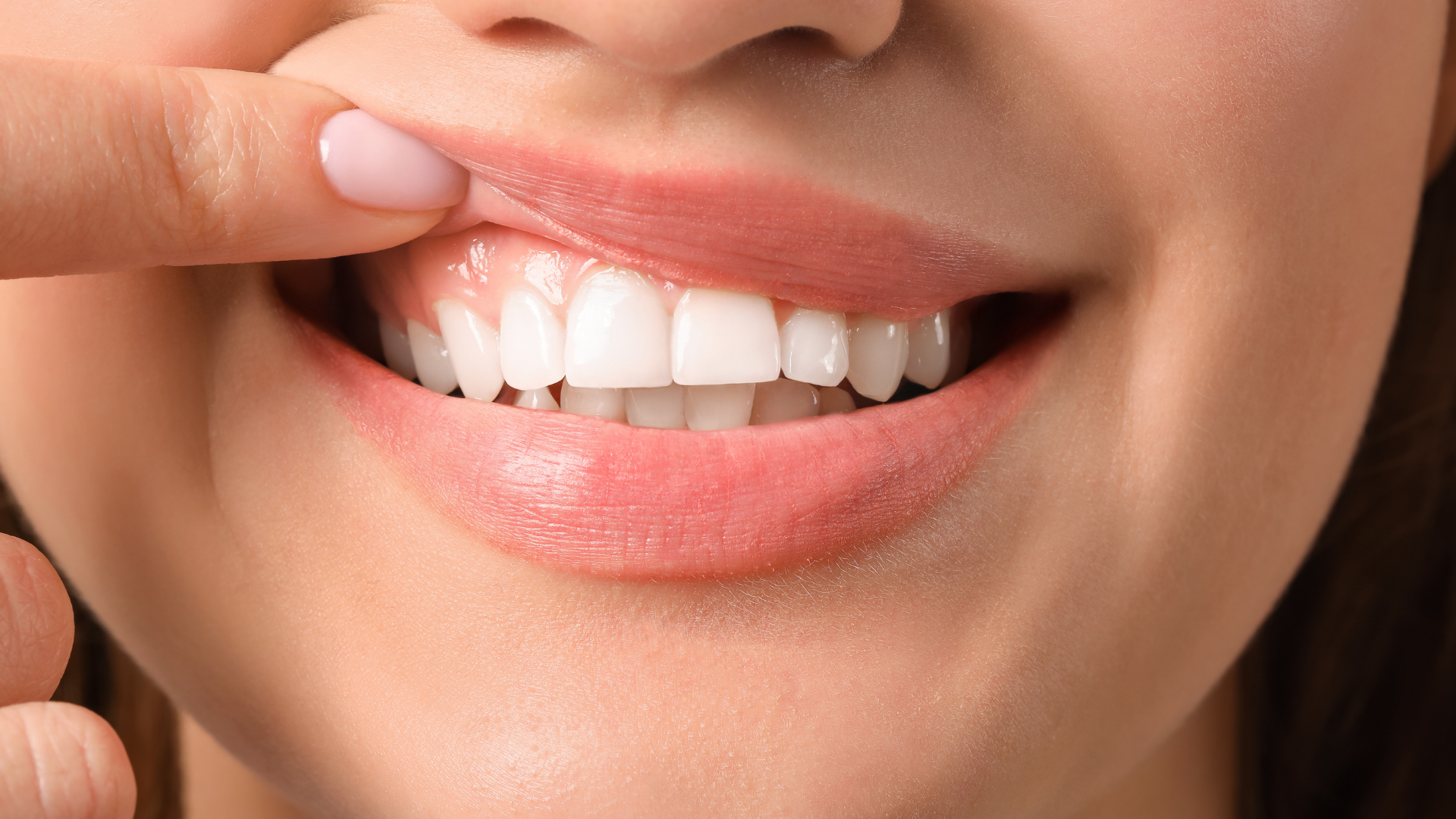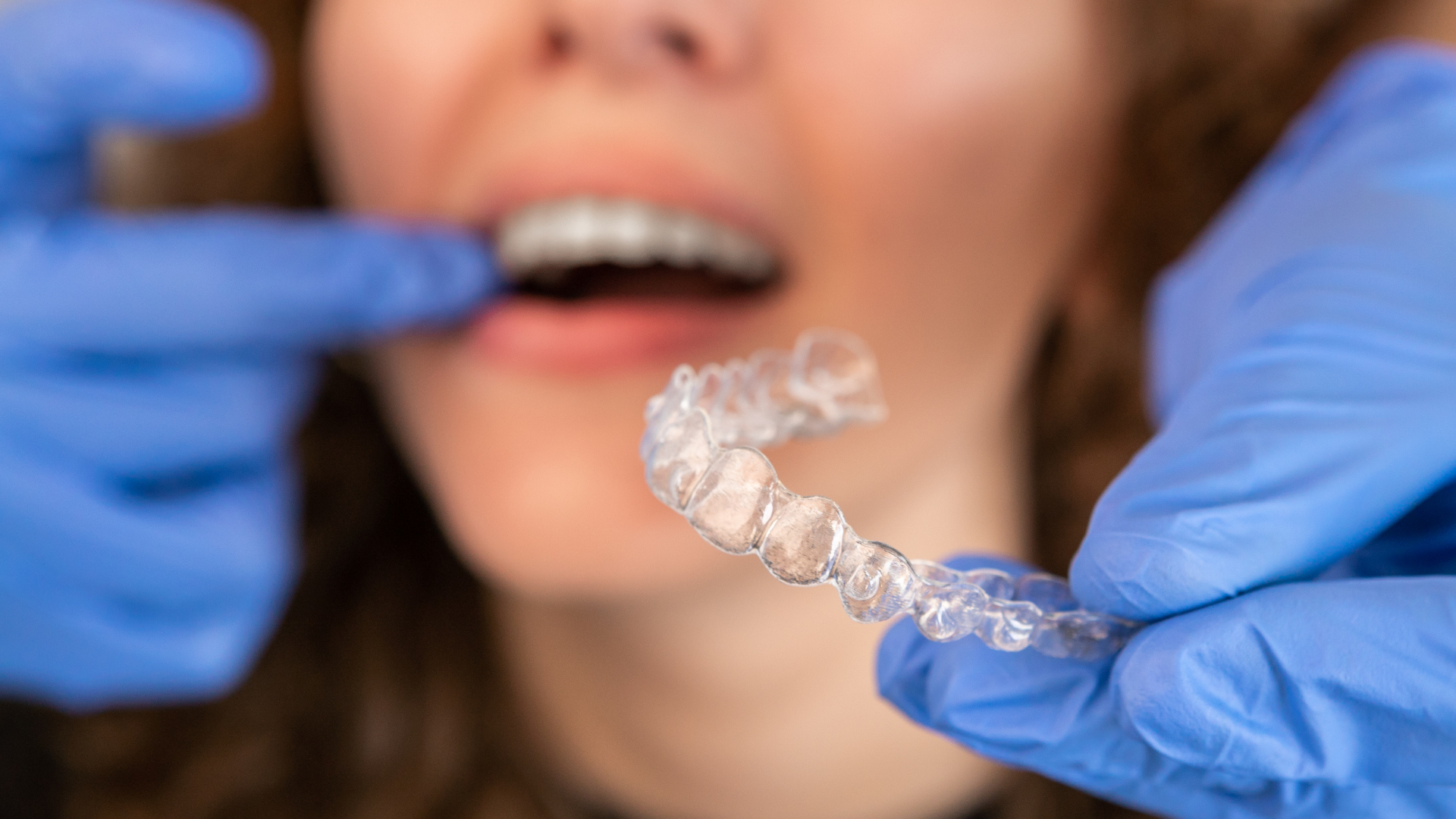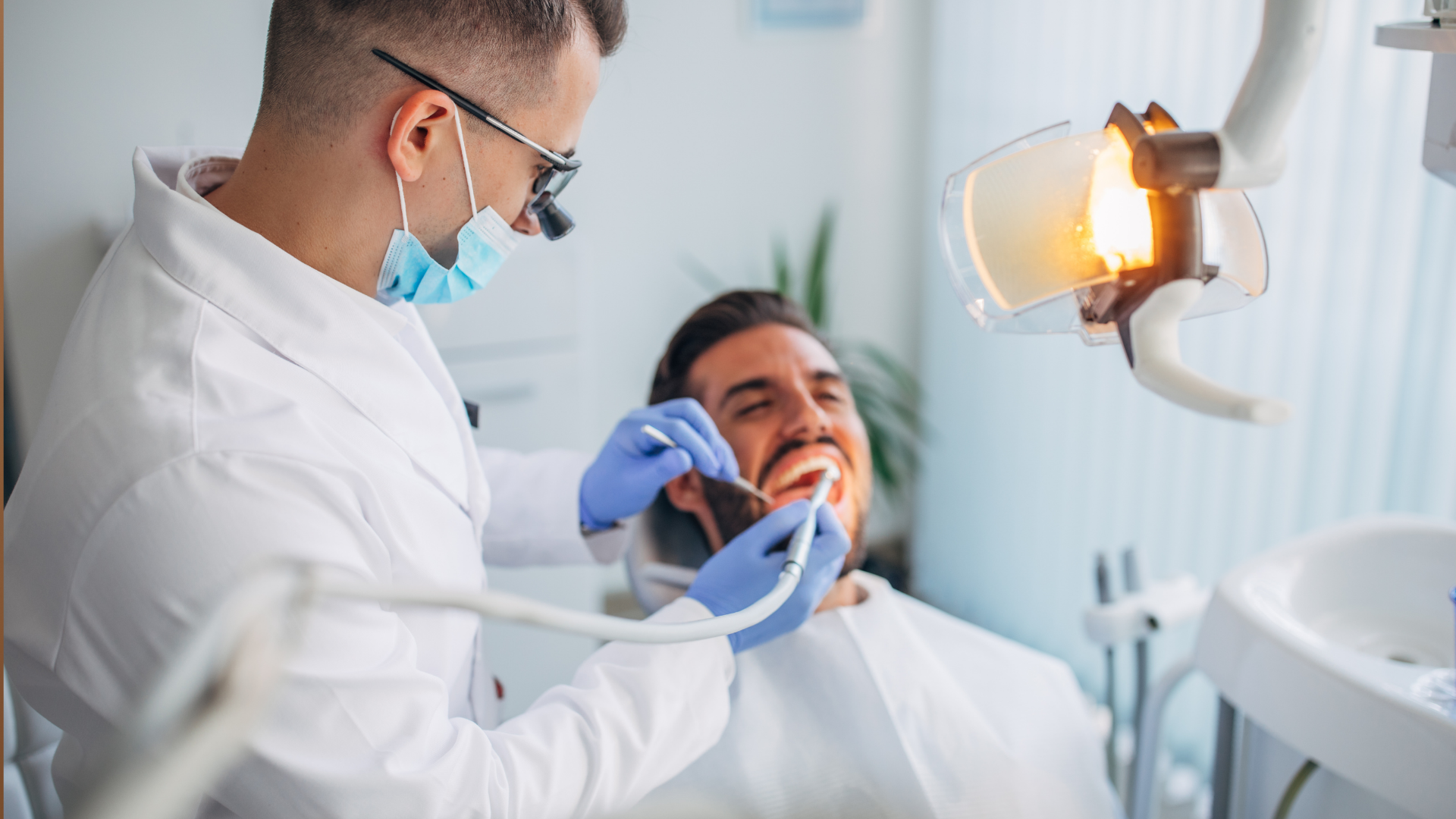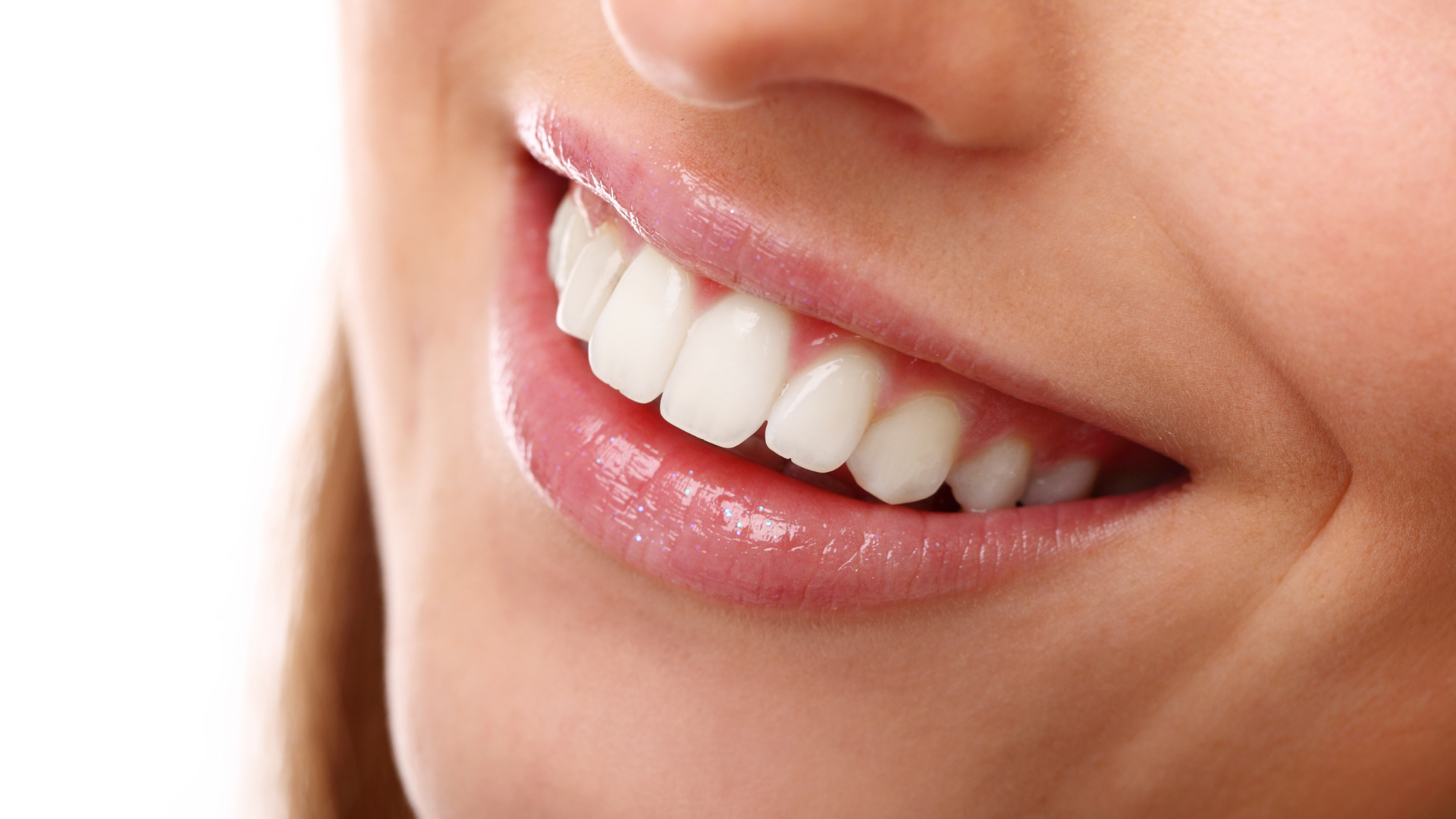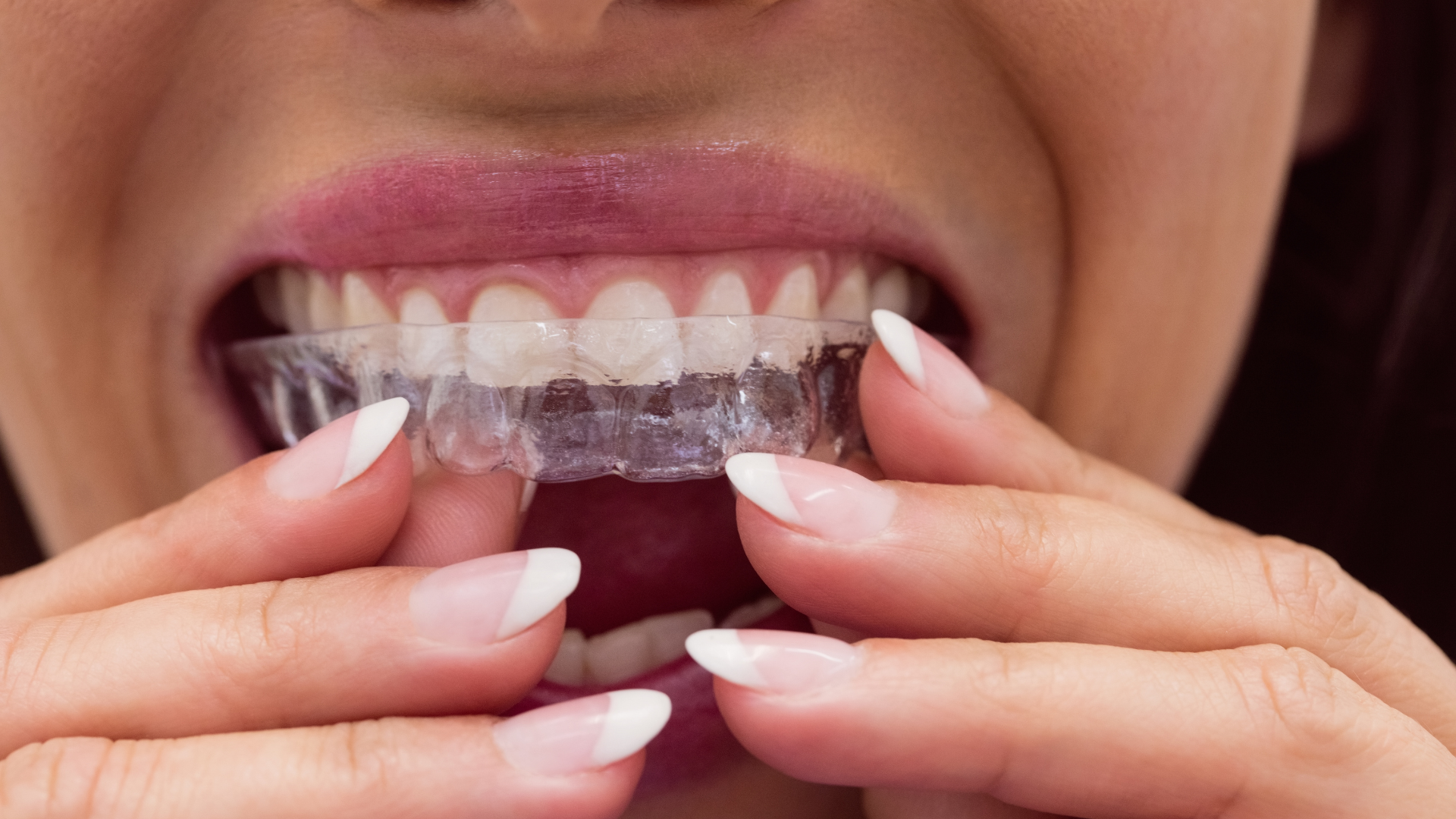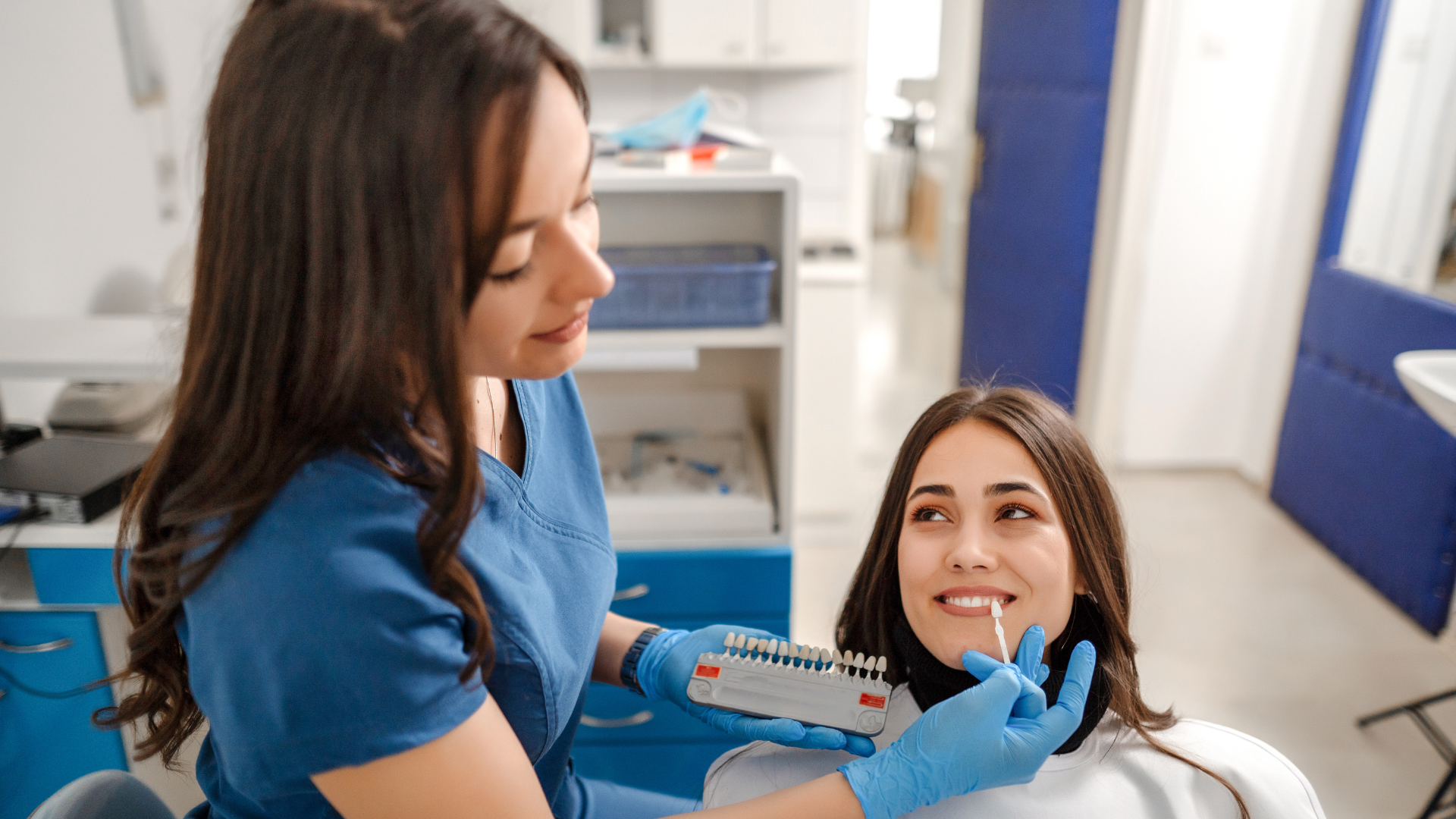Overview of Wisdom Teeth Removal
Wisdom teeth removal is a common dental procedure for many patients in Palo Alto, but the days following surgery require special care to ensure a smooth recovery and prevent complications. At
Bryant St Dental, one of the most frequent questions we hear is:
What can I eat after wisdom teeth removal? To help our Palo Alto community, we’ve created this comprehensive guide featuring a day-by-day recovery timeline, detailed dietary recommendations, and expert advice on avoiding common issues such as dry socket, infection, and prolonged swelling.

Why Wisdom Teeth Need to Be Removed
- Impaction – Wisdom teeth often grow at an angle or remain trapped under the gums, leading to pain and potential infections.
- Overcrowding – If there isn’t enough room in the mouth, wisdom teeth can push against other teeth, causing misalignment.
- Decay and Gum Disease – Wisdom teeth are harder to clean due to their location, making them more susceptible to cavities and infections.
- Cysts and Damage to Nearby Teeth – Impacted wisdom teeth can develop cysts, which may damage surrounding teeth, nerves, and the jawbone.
For a detailed explanation of the extraction process, post-surgical care, and potential complications, visit our comprehensive wisdom teeth removal guide.
Common Post-Operative Complications
1. Dry Socket
What is it?
- Dry socket (alveolar osteitis) occurs when the blood clot protecting the healing bone and nerves is dislodged or dissolves too early.
Symptoms:
- Severe throbbing pain, often radiating to the ear or jaw.
- Foul odor or taste in the mouth.
- Visible bone in the socket.
Prevention:
- Do not use straws or spit forcefully.
- Avoid smoking or vaping.
- Follow all aftercare instructions.
When to Seek Help:
- If pain increases after the third day or is unmanageable with prescribed medication, contact your oral surgeon.
2. Infection
Symptoms:
- Persistent swelling or redness beyond 3 days.
- Pus or discharge at the extraction site.
- Fever, chills, or general malaise.
- Bad breath or unpleasant taste.
Prevention:
- Maintain gentle but thorough oral hygiene.
- Take prescribed antibiotics as directed.
- Avoid touching the surgical area with your fingers or tongue.
When to Seek Help:
- If you notice any signs of infection, contact your dentist or oral surgeon promptly.
3. Prolonged Swelling & Bruising
Normal Swelling:
- Swelling typically peaks 2-3 days after surgery and subsides over the first week.
When It's a Problem:
- Swelling that gets worse after day 3, is hard or hot to the touch, or is accompanied by difficulty breathing or swallowing may indicate infection or another issue.
Prevention:
- Use ice packs in the first 24-36 hours.
- Switch to warm compresses after the third day if swelling persists.
When to Seek Help:
- If swelling increases or you have trouble opening your mouth or swallowing, seek care immediately.
When to Seek Professional Help
Contact your dentist or oral surgeon if you experience:
- Uncontrollable bleeding that doesn't improve after 20–30 minutes of applied pressure.
- Severe or worsening pain after several days.
- Persistent fever, chills, or signs of infection.
- Difficulty breathing or swallowing.
Pus, foul taste, or persistent bad breath.
Day-By-Day Recovery Timeline & Eating Guide
Day 1: Immediately After Surgery
Diet:
- Stick to clear liquids and very soft foods.
- Ideal choices: Cold water, apple juice, clear broths, gelatin, ice cream, yogurt (without fruit pieces), and pudding.
- Avoid using a straw (can dislodge the clot and cause dry socket).
Care Tips:
- Rest and keep your head elevated.
- Gently bite on gauze to control bleeding.
- Apply ice packs to manage swelling.
Day 2-3: Early Healing Phase
Diet:
- Gradually introduce more substantial soft foods as tolerated.
- Best foods: Mashed potatoes, scrambled eggs, oatmeal, smoothies (no seeds, not through a straw), cottage cheese, applesauce, and blended soups.
- Continue avoiding hard, crunchy, or chewy foods.
Care Tips:
- Rinse mouth gently with salt water (after 24 hours).
- Avoid hot foods, spicy foods, and anything that might irritate the surgical site.
Day 4-7: Advancing Diet
Diet:
- Soft, easy-to-chew foods can be expanded.
- Examples: Soft pasta, pancakes, soft-cooked vegetables, bananas, macaroni and cheese, tender fish.
- Chew away from the surgical sites.
Care Tips:
- Continue gentle oral hygiene.
- Monitor for signs of complications (see below).
Day 7 and Beyond: Gradual Return to Normal Diet
Diet:
- Most patients can start reintroducing firmer foods as comfort allows.
- Continue to avoid nuts, chips, popcorn, and sticky or spicy foods until fully healed (usually 2 weeks or as advised by your dentist).
Care Tips:
- Keep up with oral hygiene.
- Watch for any lingering symptoms.

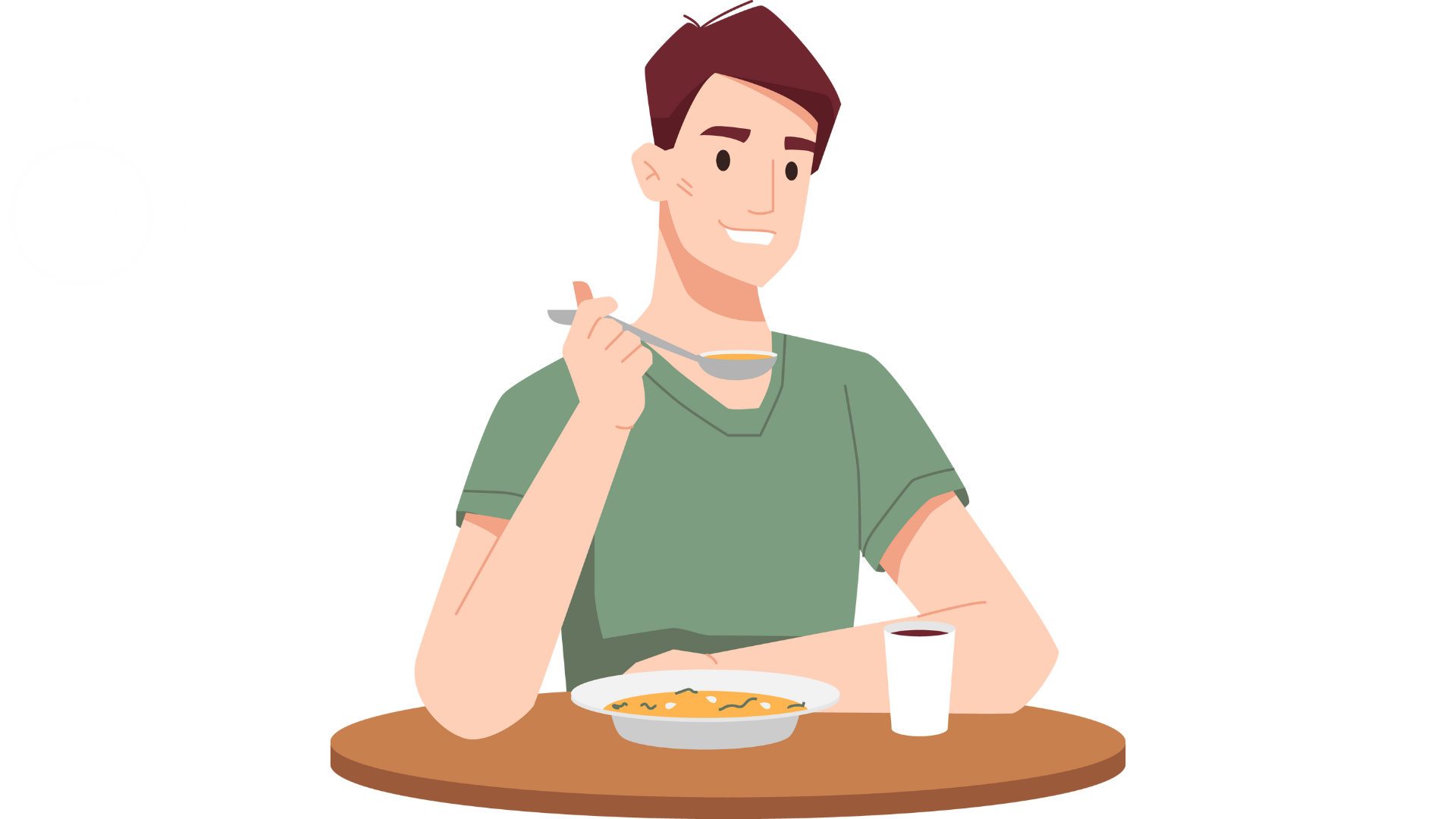
Best Foods to Eat After Wisdom Teeth Removal
Eating the right foods can ease discomfort and promote healing. Here are some of the best food options:
Soft & Easy-to-Eat Foods
- Smoothies
– Blend fruits, yogurt, and protein powder for a nutritious meal. Avoid seeds or chunks that can get stuck in the surgical site.
- Mashed Potatoes – A great source of energy that requires minimal chewing. You can add butter or gravy for flavor, but avoid hot temperatures.
- Yogurt
– Contains probiotics that aid digestion and is gentle on the mouth. Choose plain or low-sugar varieties to avoid irritation.
- Applesauce
– Provides vitamins and antioxidants without the need for chewing. Ensure it's unsweetened to avoid unnecessary sugar intake.
- Scrambled Eggs – Soft and packed with protein to support healing. You can add a little cheese for flavor but avoid excessive seasoning.
- Oatmeal
– Easy to eat and provides fiber for digestion. Let it cool before eating to prevent irritation.
- Soup (Lukewarm, Not Hot) – Nutrient-dense and hydrating. Choose smooth soups like tomato, butternut squash, or chicken broth without chunky ingredients.
- Cottage Cheese – A soft and high-protein snack that provides calcium for healing bones and tissues.
- Ice Cream or Sorbet – Helps numb pain and is easy to eat. Choose a soft, non-crunchy variety and avoid flavors with nuts or hard toppings.
- Pudding and Jello – A sweet, effortless option for satisfying cravings without causing irritation.
- Avocados
– Creamy, nutritious, and easy to eat. They are rich in healthy fats that support healing.
- Bananas (Mashed or Sliced) – Naturally soft and rich in potassium, they aid in energy production and recovery.
- Soft Tofu – A great plant-based protein option that requires no chewing and is gentle on healing gums.
- Hummus
– A smooth, protein-rich dip that can be eaten alone or with very soft bread.
- Well-Cooked Pasta – Soft and easy to chew when cooked until very tender. Avoid al dente textures and heavy sauces.
Foods to Avoid After Wisdom Teeth Removal
Certain foods can slow down healing, cause irritation, or even lead to complications. Avoid the following:
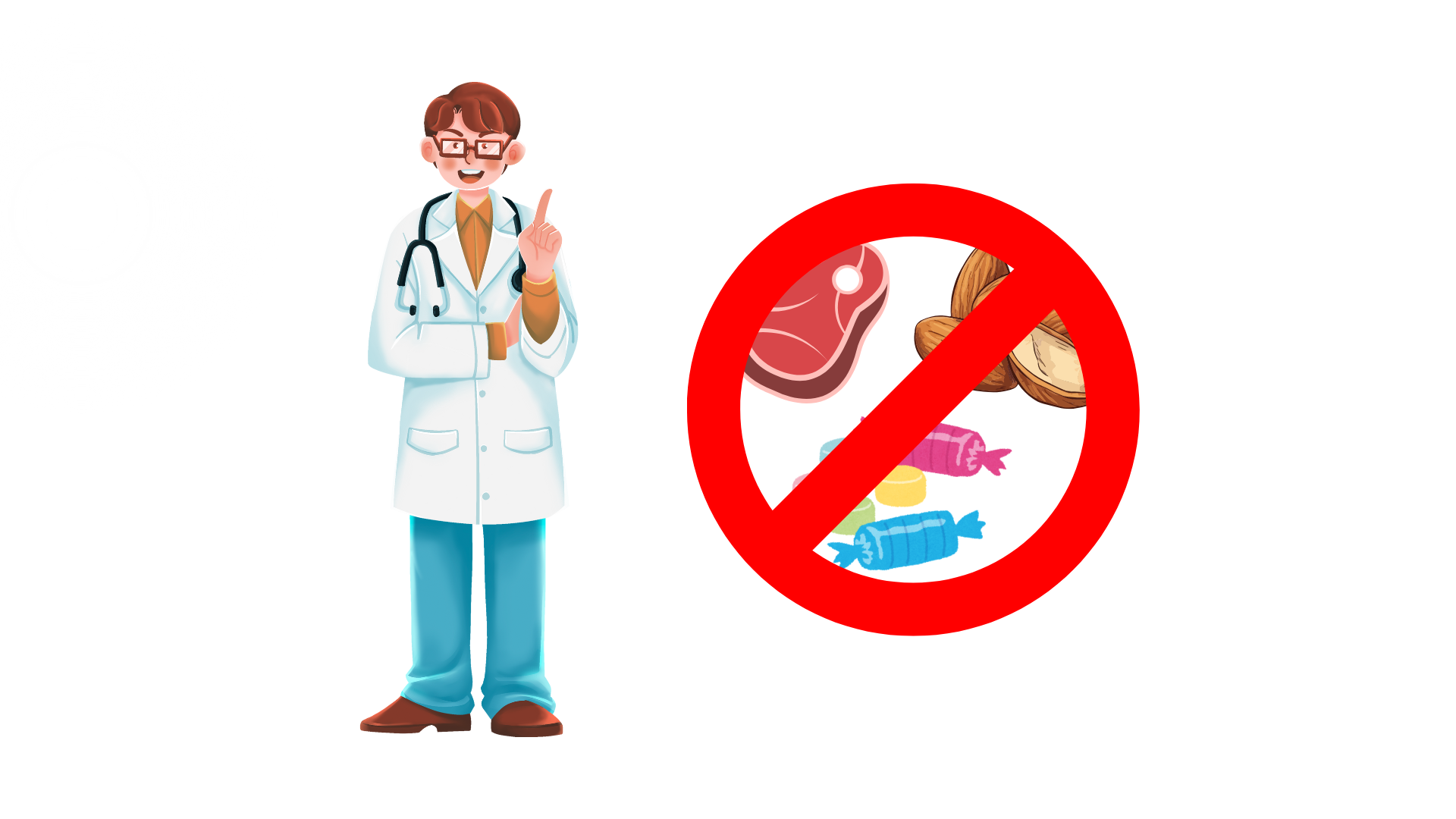

Hard, Crunchy, and Chewy Foods
- Nuts and seeds – Small particles can get lodged in the surgical site, increasing the risk of irritation and infection. These foods require strong chewing, which can put unnecessary strain on your healing gums.
- Chips and crackers – Their rough and jagged edges can scrape and irritate the extraction sites, leading to pain and prolonged healing. Tiny crumbs may also become trapped in the wound, raising the risk of infection.
- Hard candies – Sucking on hard candies can create suction pressure that may dislodge blood clots, leading to dry sockets. Biting into them can also cause pain and damage healing tissue.
- Tough meats – Foods like steak, pork chops, and jerky require extensive chewing, which can strain your jaw and disturb the healing area. Fibrous meats can also leave behind small particles that can get stuck in extraction sites.
Sticky and Chewy Foods
- Caramel – Its sticky texture can cling to surgical wounds and stitches, increasing the chance of irritation and bacterial buildup, which may lead to infection.
- Chewing gum – The continuous chewing motion can place unnecessary stress on the jaw and surgical area, potentially reopening wounds and delaying healing.
- Bread with a hard crust – While soft bread may be acceptable, crusty bread, bagels, or baguettes can be too rough and abrasive on the sensitive healing gums, causing discomfort and irritation.
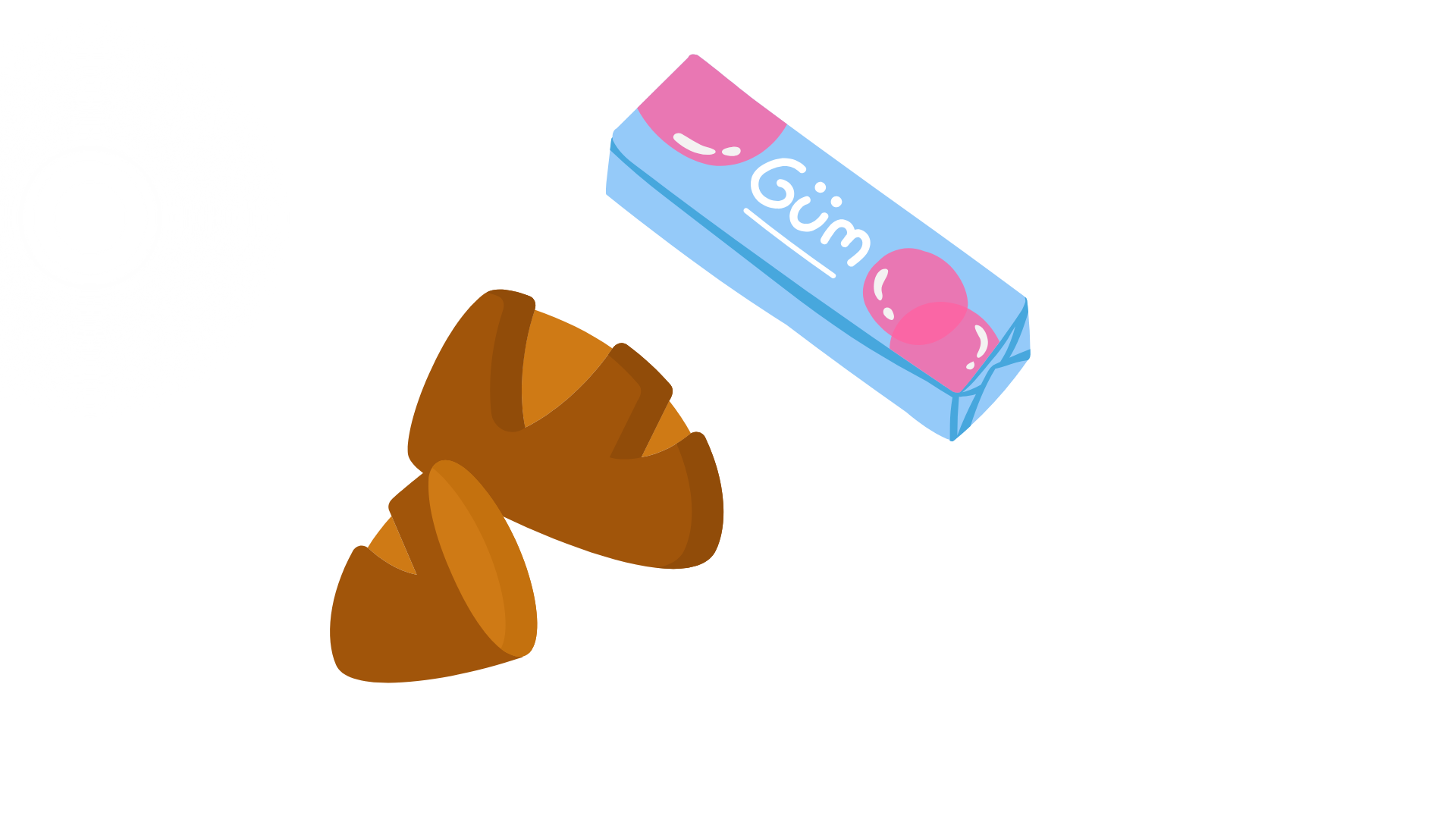
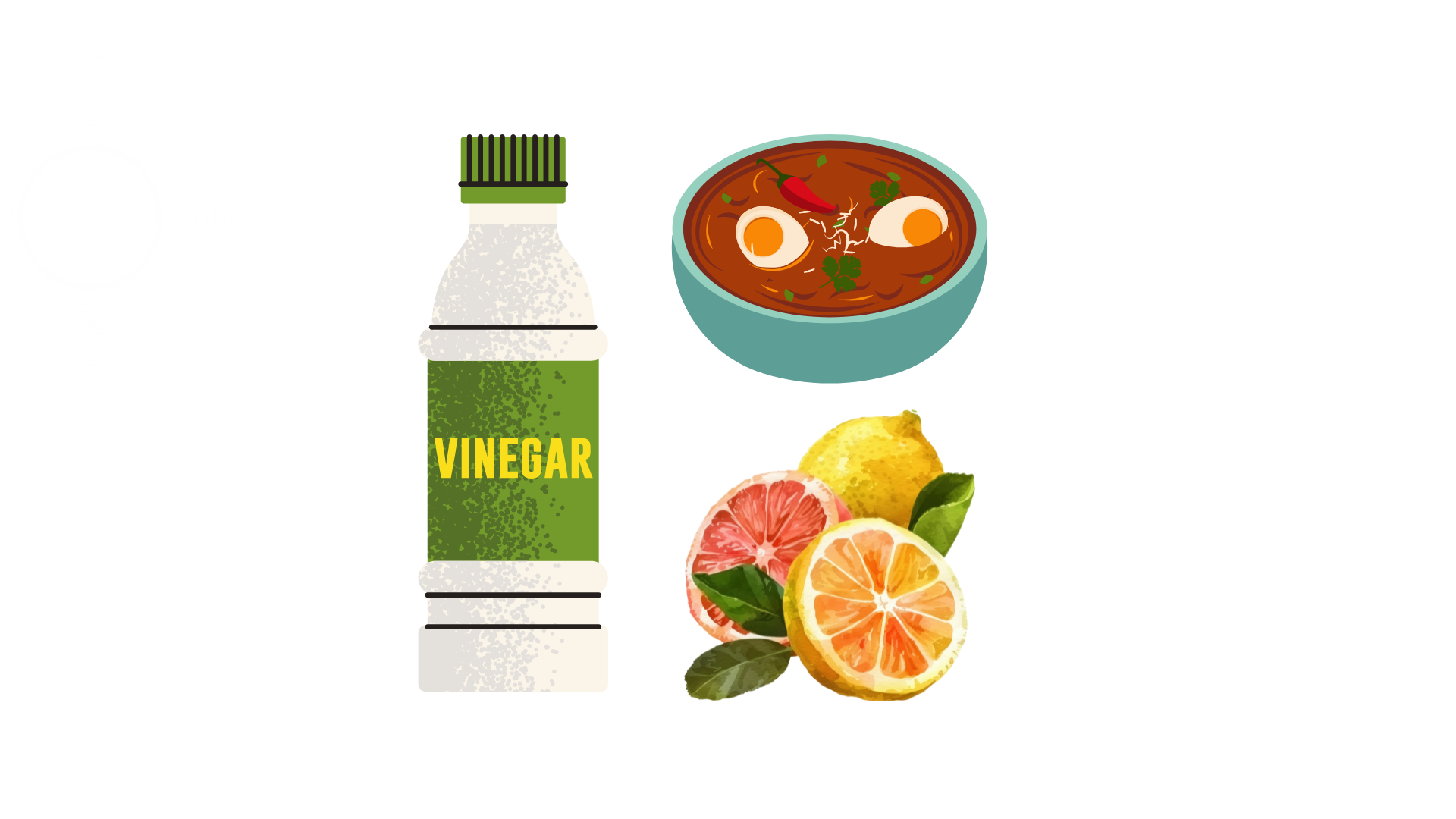
Spicy and Acidic Foods
- Citrus fruits (oranges, lemons, limes) – The high acidity in citrus fruits can cause a burning sensation in open wounds, leading to discomfort and slowed healing. Acidic juices can also irritate the mouth’s soft tissues.
- Hot sauces and spicy foods – Spicy ingredients can lead to inflammation and increased sensitivity in the gums, making them more prone to irritation and prolonging the recovery process.
- Vinegar-based dressings – These can be overly acidic and may cause discomfort in the healing areas. Even mild vinegars can provoke a stinging sensation and slow the healing of soft tissues.
Hot Beverages and Alcohol
- Coffee and tea (hot) – High temperatures can disrupt the healing process by increasing blood flow to the surgical site, potentially leading to prolonged bleeding and discomfort. If you must have these, opt for lukewarm or iced versions.
- Alcoholic drinks – Alcohol can interfere with prescribed medications such as painkillers and antibiotics. It can also dehydrate the body, which is detrimental to the healing process.
- Carbonated drinks – The bubbles in soda and other carbonated beverages can create pressure that irritates the surgical site, increasing the risk of dry socket. Additionally, carbonation can cause discomfort in open wounds.
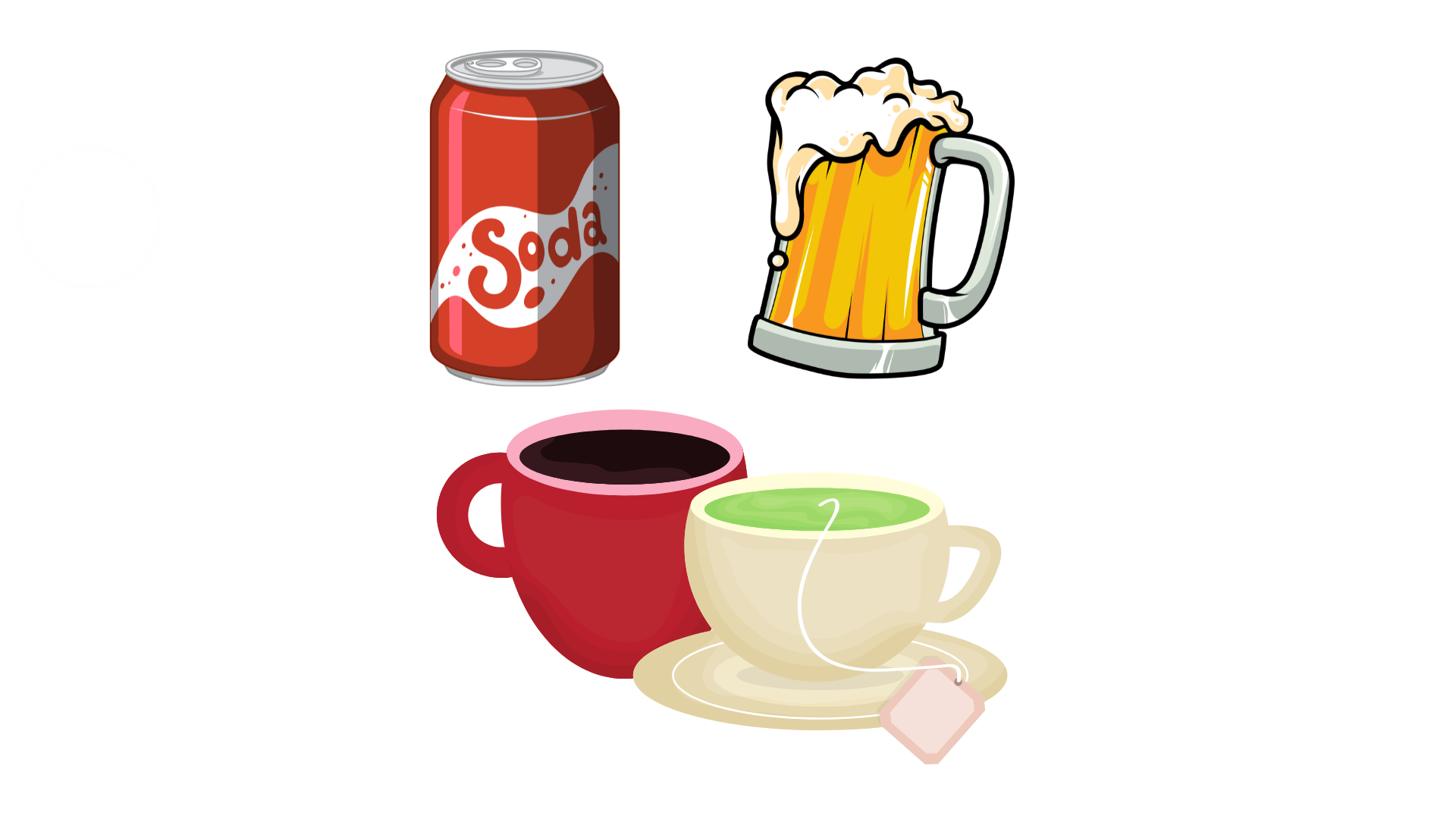
What Can I Eat a Week After Wisdom Teeth Removal?
By the end of the first week, you should be able to introduce more solid foods into your diet if healing is going well. Some good options include:
- Soft pasta – Cooked until very tender to minimize the need for chewing.
- Cooked vegetables – Steamed or boiled vegetables such as carrots, zucchini, and spinach provide essential nutrients without being too tough on healing gums.
- Soft bread – White or whole-wheat bread without hard crusts can be eaten, but it’s best to avoid toasted or chewy varieties.
- Baked fish – Tender, flaky fish such as salmon or tilapia is an excellent protein source that requires minimal chewing.
- Rice or quinoa – These grains are soft when cooked properly and provide a good source of energy.
- Avocado – Soft, creamy, and nutrient-dense, avocados are easy to eat and promote healing.
- Soft tofu – A plant-based protein that requires no chewing and is gentle on healing gums.
- Bananas and ripe peaches – These fruits are naturally soft and easy to eat without irritating the surgical site.
Still avoid extremely hard, crunchy, or sticky foods, and chew gently to prevent discomfort or disruption of healing tissues.
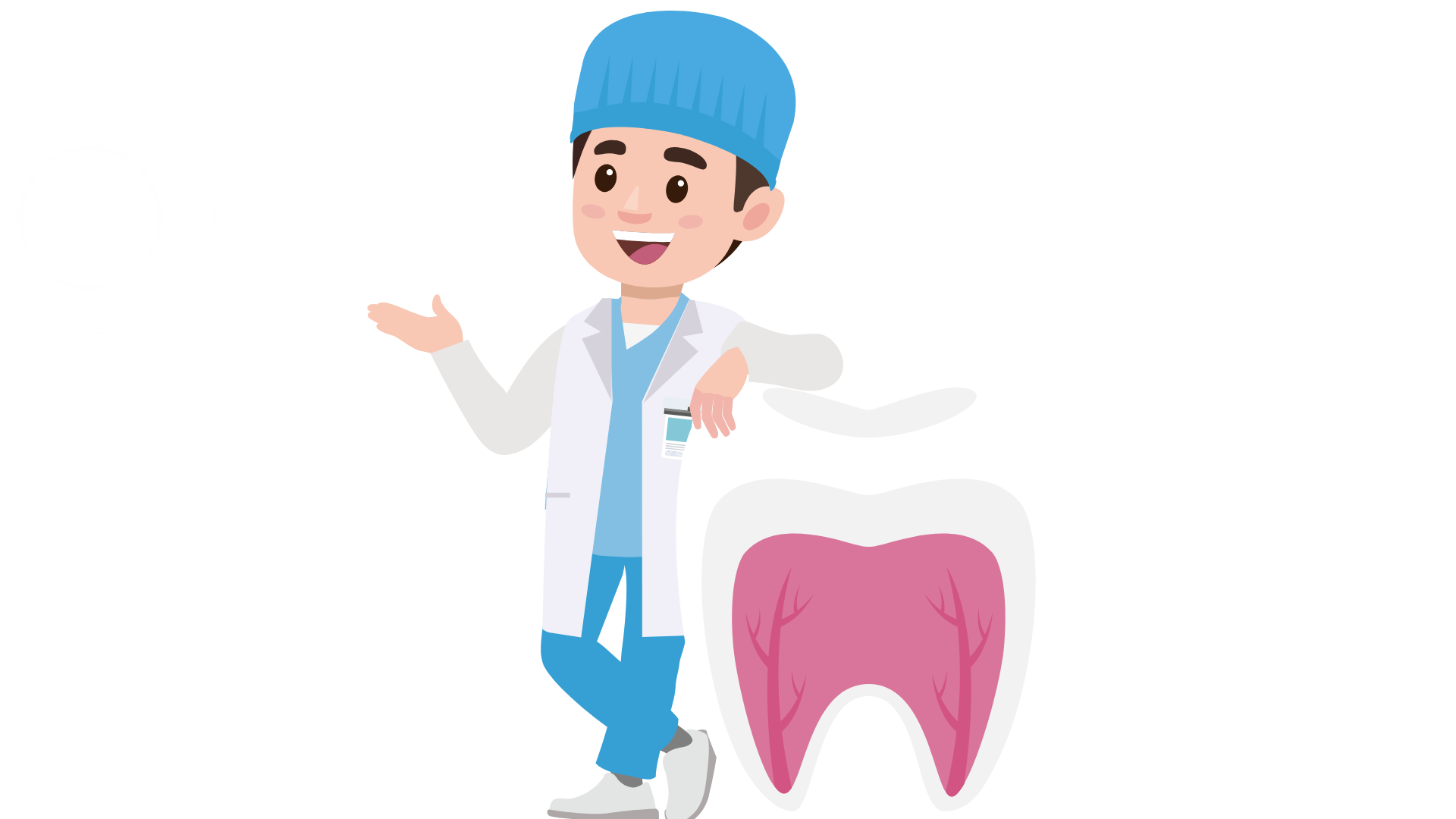
When Can I Start Eating Normal Food After Wisdom Teeth Extraction?
Most people can return to a normal diet after
two weeks, depending on how well they are healing. However, it’s best to continue avoiding extremely crunchy, hard, or sticky foods until your dentist gives you the go-ahead.
Essential Tips for a Smooth Recovery
1. Stay Hydrated
Drinking an adequate amount of water is crucial for recovery as it helps flush out toxins and keeps the mouth clean. However, it is essential to avoid using a straw, as the suction motion can dislodge the blood clot forming at the extraction site. Dislodging this clot can lead to a painful condition known as dry socket, which delays healing and increases the risk of infection. Instead, take small sips directly from a cup and opt for room temperature or cool water to prevent irritation.
2. Chew on the Opposite Side
If your wisdom teeth were removed from only one side of your mouth, it’s best to chew food on the opposite side. This minimizes pressure and movement around the healing area, reducing the risk of irritation, pain, or reopening the wound. In cases where multiple teeth were removed, consider sticking to soft or liquid-based foods until you feel comfortable reintroducing chewing.
3. Maintain Good Oral Hygiene
Keeping your mouth clean is vital to prevent infections and promote faster healing. However, for the first 24 hours after surgery, avoid brushing, rinsing, or using mouthwash to allow the clot to stabilize. After this period, gently rinse your mouth with a saltwater solution (a teaspoon of salt in a glass of warm water) after every meal to help kill bacteria and soothe the surgical area. When brushing your teeth, be extremely careful around the extraction site to avoid disturbing stitches or causing irritation.
4. Manage Swelling and Pain
Swelling is a natural response to surgery, and it typically peaks within 48 hours. To reduce inflammation, apply an ice pack wrapped in a cloth to your cheek for 15-20 minutes at a time, taking short breaks in between. This helps numb the area, relieve pain, and minimize swelling. Over-the-counter pain relievers like ibuprofen or acetaminophen can also help manage discomfort. However, always follow your dentist’s recommended dosage and avoid aspirin, as it can increase bleeding. If swelling or pain worsens instead of improving after a few days, contact your dentist immediately.
5. Gradually Reintroduce Solid Foods
One of the most common mistakes after wisdom teeth removal is returning to a normal diet too soon. Doing so can put stress on the healing area, cause irritation, or lead to complications like infection. Instead, start with soft foods like mashed potatoes, yogurt, and soup in the first few days. Gradually incorporate semi-solid foods such as scrambled eggs, well-cooked pasta, or steamed vegetables after a few days. By the end of the first week, if healing is going well, you can introduce more substantial foods, but avoid crunchy, hard, or chewy foods until you get approval from your dentist.
Conclusion
Knowing what to eat after wisdom teeth removal can make your recovery smoother and help prevent complications. At Bryant St Dental in Palo Alto, we recommend starting with soft, easy-to-eat foods, advancing your diet slowly, and staying alert for any warning signs of complications. If you follow these guidelines and the advice of your dental professional, you’ll be back to normal in no time!
Ready to recover faster? Bookmark this guide from Bryant St Dental and refer to it throughout your healing process.
If you need more personalized advice or have questions about specific dietary restrictions after wisdom teeth removal, consult your oral surgeon or your dental care team at
Bryant St Dental.
For more helpful dental care tips and recovery guides, explore the
Bryant St Dental blog or
contact our Palo Alto office today!

